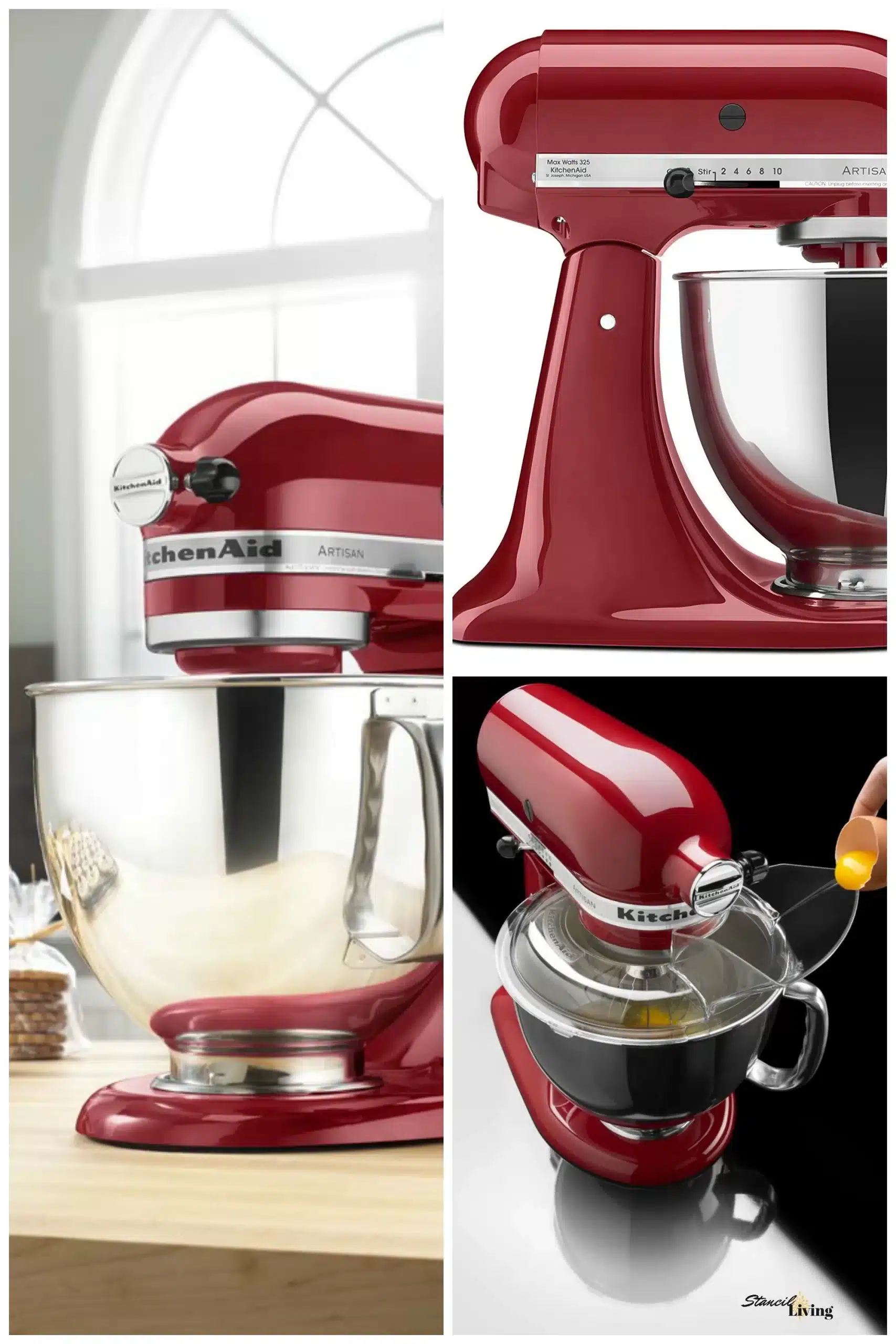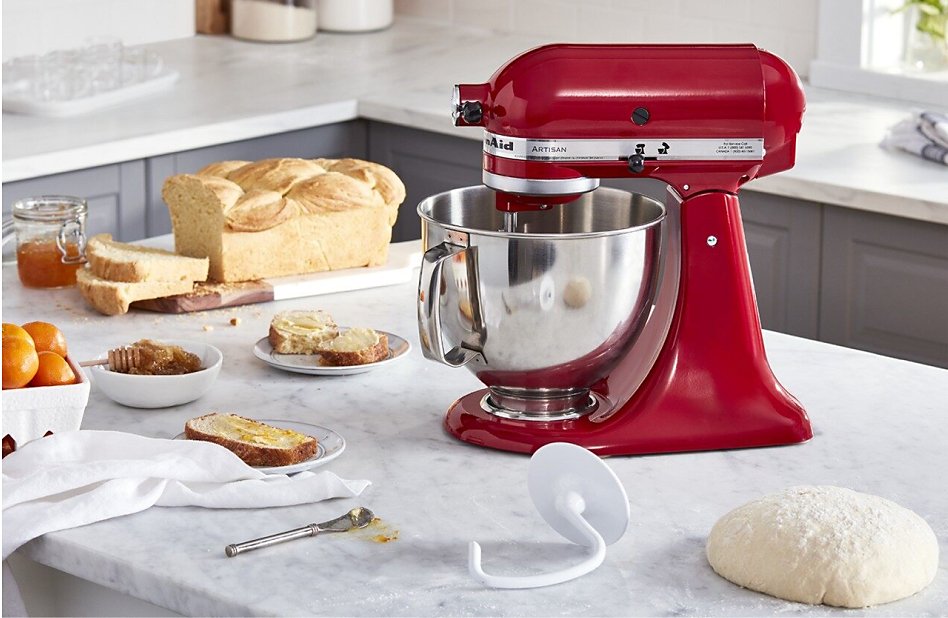
The art of bread making is steeped in tradition, with roots tracing back to ancient civilizations. In more recent times, sourdough bread, with its distinctive tang and artisanal appeal, has surged in popularity. The alchemy of turning simple ingredients — flour, water, and salt — into a crusty loaf is rendered even more fascinating by the use of a live starter culture. This process, however, can be challenging and intimidating, especially for the home baker.
Enter the KitchenAid mixer. This iconic appliance, with its myriad attachments, can streamline the bread-making process. One key aspect of this process is kneading — a critical stage that develops the gluten network in the dough, resulting in a light, airy loaf. But how long should you knead your sourdough in a KitchenAid mixer? This post aims to shed light on this very question, offering insights, analysis, and practical tips to transform you into a sourdough maestro.
Before delving into kneading times, let’s understand the science behind it. Kneading develops gluten, a combination of proteins present in wheat flour. When you mix flour and water, these proteins link up to form a stretchy network capable of trapping gas, which is vital for the bread to rise.
Here’s where the KitchenAid mixer comes into play. Its dough hook simulates hand-kneading, creating friction that encourages gluten development. Also, the consistent mechanical action ensures that kneading is done evenly, something that’s challenging to achieve by hand.

Let’s look at different kneading times and their impacts on the final loaf.
1. Short Kneading Times (2-4 minutes): This results in partial gluten development. The dough may tear easily and may not hold shape well. However, this approach is often used in the no-knead method, where a long fermentation period helps develop the gluten network.
2. Medium Kneading Times (4-8 minutes): This is often the sweet spot for many home bakers. Gluten is well-developed, the dough has a smooth, elastic texture, and the final loaf has a good rise and crumb structure.
3. Long Kneading Times (8-12 minutes): This may lead to over-kneading, where the gluten network breaks down, causing the dough to become slack and sticky, and the final bread to be dense and heavy.
With a KitchenAid mixer, it’s recommended to start with a medium kneading time of approximately 7 minutes for sourdough bread. Adjust up or down based on the dough’s feel and the results of your baking.

Here are factors that may affect your kneading times:
Remember, every batch of dough can behave differently, and intuition developed over time is as important as any guideline.

1. Can I over-knead my sourdough in a KitchenAid mixer?
Yes, over-kneading is possible and can lead to a dense, heavy loaf. The dough may become too warm, enzymes may degrade the gluten, and the dough may lose its structure.
2. How do I know if I’ve kneaded my dough enough?
The windowpane test is a great way to check. Stretch a small piece of dough into a thin sheet. If it can stretch thin without tearing, creating a translucent “windowpane,” it’s well-kneaded.
3. What should I do if I’ve under-kneaded or over-kneaded my dough?
If under-kneaded, simply knead a bit more. If over-kneaded, let the dough rest and then reshape it gently. It may not be perfect, but it will still be delicious.
In conclusion, kneading is a crucial stage in bread-making, and the KitchenAid mixer is a valuable tool in this process. Starting with a kneading time of around 7 minutes provides a solid basis, but remember, various factors can affect this time. Mastering the art of kneading in a KitchenAid mixer is a process, combining scientific understanding, personal observation, and a dash of intuition.
And the reward? The heavenly aroma of fresh bread wafting through your home and the satisfaction of presenting a perfectly baked sourdough loaf, bearing the unique imprint of your hands andheart.
